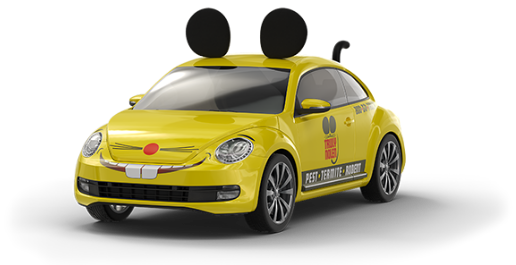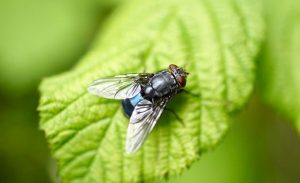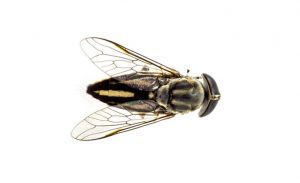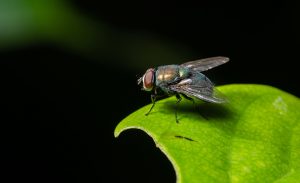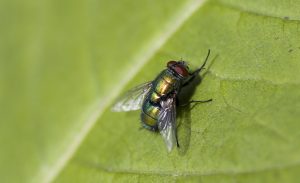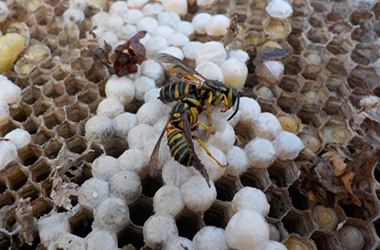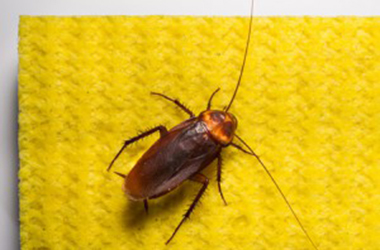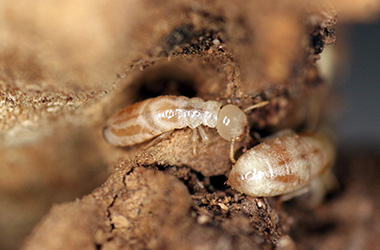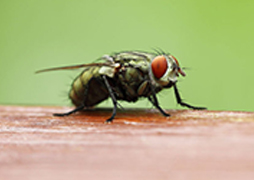
Bottle Fly Facts
- Species: Calliphoridae
- Location: Found in almost every part of the world, bottle flies are more concentrated in the Pacific region, particularly California and Australia.
- Appearance: With green, blue and black shiny, metallic bodies, bottle flies are slightly larger than true houseflies and make loud buzzing noises in flight.
- Color: Green, blue and black
Bottle Fly Behavior
As some of the most common members of the blow fly family, bottle flies are drawn to recently deceased animal and human carcasses, which serve as ideal breeding grounds for blow fly eggs that need a lot of protein to develop into adults.
Bottle flies are valuable to forensic investigation. Because bottle flies can detect dead animal matter from a mile away, they are generally the first insects to make contact with deceased animals and humans. Bottle fly larvae develop rapidly in a corpse and, due to the reliability of larval development in bottle flies, forensic entomologists can determine the time of death of victims where other methods fail.
Sterilized bottle fly larvae, or maggots, are sometimes used to heal wounds, consuming necrotic or dead tissue and leaving healthy tissue intact. One negative potential effect of this is that some bottle flies also infest live tissue, causing a deadly condition known as myiasis. Bottle flies can also act as pollinators for strong odorous plants, such as paw paws and goldenrod.
- How to Get Rid of Flies
- Fly Infestations
- Health Concerns
Flies Photos
4 Seasons Pest Control

Satisfaction Guarantee
What it includes*
-
Ants
-
Crickets
-
Fleas
-
Mice
-
All Roaches
-
Scorpions
-
Spiders
-
Ticks
-
Wasps
-
Other*
